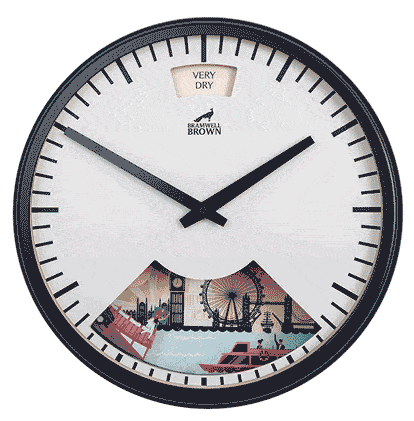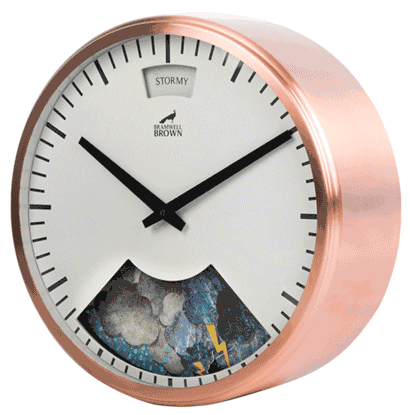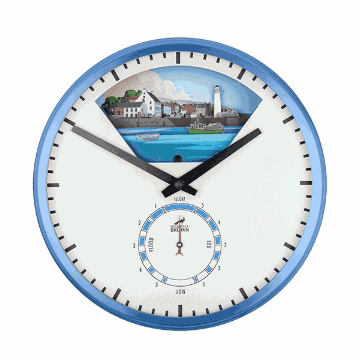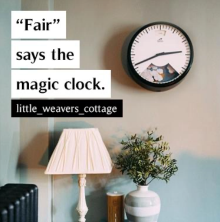The Bramwell Brown Blog
How to Choose a Rug for a Room
Selecting a rug for a room can be a fun experience, but it also comes with a few things to consider. You might wonder what rug fits best in a living room or a bedroom, and think about what size and shape you’d like, since too small will look awkward but too big can make the room seem sprawling beyond its space.
Colour is an important factor, and choosing the right hues for your rug can have a big impact on the cohesion of the overall room. Another factor to keep in mind is the texture of the rug and the length of the nap. We’ll look at these ideas so that you can get the right rug for your room.

How to Measure Rug Size for a Room
To measure the correct size of a rug for a room, first use a tape measure to get the room dimensions. Then place a floor rug that sits in a 6:4 ratio and has a minimum of 15cm / 6 inches from each wall. Alternatively, use your sofa as your reference with the length being at least as long as the sofa, or a bit longer. The width of the rug should be enough to cover the area that your main furniture rests on in order to establish a clear and cohesive area.
If you have enough space, another idea is to have a rug that is big enough to fit all the furniture that you’ll be using on top of it, with enough to extend past by 20 centimeters. You’ll also want to make sure that the rug is away from the wall by at least 25 centimeters to avoid looking like you have carpeted flooring rather than an area rug.
A tip with larger furniture pieces in a smaller space is to have the front legs of the sofa on the rug and back legs on the floor. The rug is meant to collect the space and create an informal boundary, but if the rug itself is considerably smaller than your space, you can spread out the furniture more to extend that boundary.
Some ways to get creative can involve a sculptural rug, in a dynamic shape like a cow hide or spilled paint for that pop of colour.
Layering your rugs can also be a cool effect, especially if you have a great rug that is too small. You can put the smaller decorative rug over top a plain, large rug in order to still make use of your original rug.
Recommended Reading: Where is the Best Place to Put a Wall Clock
Choosing Colour and Texture
Picking out the colour of your rug can be the best part, but it can also be hard to know where to start. Matching the rug to the rest of the room and furniture is a good place to start.
If your main furniture is a solid colour, it might be best to opt for a rug with pattern and texture--and the opposite is true as well, a solid or block-coloured rug can pair well with a patterned sofa. However, these are just guidelines and if you find a rug that works with the style language of the room, then that is the best choice.
Think about matching the colours of your room, either with the drapes or accent pillows. Using the rug to highlight these secondary colours can tie the room together.
Consider whether you want neutrals like grey, brown, black, white and other hues in the same palette or if you want to go with cooler or warmer colours for your space. The colours that you have can help define the area. Cool, light colours can make the room feel larger and warm, rich colours can bring a sense of closeness and intimacy.
For texture, you’ll want to think about your lifestyle and what goal you’re trying to accomplish with the rug.
In high-traffic areas, you’re likely to want something easy to clean and will last a long time under wear and tear. You might also opt for darker colours or patterns so that stains and debris will not be glaringly obvious.
For areas where you want to have something more luxurious that has less constant traffic, like the bedroom, you can think about a rug with a longer nap for that plush feeling when you wake up. It may be harder to clean, but you’ll likely be cleaning it less often.
Rugs for Different Spaces
Each room can have a rug, so knowing how best to decorate with one is specific to the function of the room. There are a few ways that work best for each space, so don’t get stuck on just one option if it’s not working right for you and your style.
🛏 Bedroom

💡 A big rug under the 2/3rds of the end of the bed, with about a meter of space extending around the sides and end. Side tables do not need to be on the rug. Alternatively, with a shorter rug, having it extend past the sides but not the end is also a good choice.
💡 Two long rugs to go alongside the right and left side of the bed, to still provide warmth and decor but without a larger, more expensive rug.
🚰 Kitchen

💡 Rugs in places of high traffic that are easy to clean, such as by the sink and refrigerator.
💡 A long rug that runs the length of the kitchen in narrow spaces.
🛁 Bathroom

💡 Rugs in front of the sinks, toilet and bathtub are standard design choices and should definitely be easy to clean or safe to throw in a washing machine.
💡 Opt for something soft and absorbent for when you step out of the shower.
Recommended Reading: How to Decorate Living Room Walls on Budget
Armed with these ideas in mind, rug shopping can be a lot of fun as they’re a design component that doesn’t need to be neutral and you can go as bold as you want to contrast with more modest furniture and decor.
Be sure to take swatches of your sofa or a throw cushion in order to best match with the rug you’ll be getting since it’s hard to visualize colours together and you can actually see the colours together.
A fantastic addition to any room: take a look at our Weather Clocks






